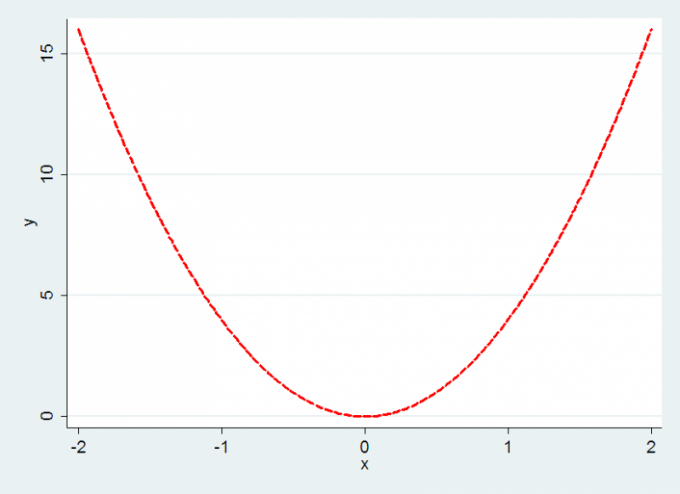Instruction
1
Recall that a function is a dependence of the variable Y from the variable X in which each value of X corresponds to a single value of a variable Y.
The variable X is the independent variable or argument. The variable Y is the dependent variable. It is also considered that the variable Y is a function of the variable X. the function Values equal to the values of the dependent variable.
The variable X is the independent variable or argument. The variable Y is the dependent variable. It is also considered that the variable Y is a function of the variable X. the function Values equal to the values of the dependent variable.
2
For clarity, write expressions. If the dependent variable Y from variable X is a function, then the abbreviation is written as: y=f(x). (Read: I equals f of x) the Symbol f(x) denote the value function corresponding to the argument value, equal down x.
3
The domain of the function f(x) is called "the set of all valid values of the independent variable x at which the function is defined (has meaning)". Label: D(f) (eng. Define – define.)
Example:
The function f(x) = 1x+1 is defined for all real values of x satisfying x+1 ≠ 0,i.e., x≠-1. Therefore, D(f) = (-∞;-1)U(-1;∞).
Example:
The function f(x) = 1x+1 is defined for all real values of x satisfying x+1 ≠ 0,i.e., x≠-1. Therefore, D(f) = (-∞;-1)U(-1;∞).
4
The range of values of the function y=f(x) is called "the set of all valid values that is independent of the variable y". Symbol: E(f) (eng. Exist – to exist).
Example:
Y=x2 -2x+10; x2 -2x +10 = x2 -2x +1+9+(x-1)2 +9, then the smallest value of the variable y=9 when x=1,so E(y) =[9;∞)
Example:
Y=x2 -2x+10; x2 -2x +10 = x2 -2x +1+9+(x-1)2 +9, then the smallest value of the variable y=9 when x=1,so E(y) =[9;∞)
5
All values of the independent variable displays a scope of a function definition. All the values takes the dependent variable, reflect the range of values of the function.
6
The value of the function depends entirely on its scope. In that case, if the scope is not specified, so it changes from minus infinity to plus infinity, therefore the search value of the function at the endpoints of the interval is reduced to the slip limit of this function from minus and plus infinity. Accordingly, if a function set by the formula and its domain is not specified, it is considered that the domain of the function consists of all values of the argument under which the formula makes sense.
7
To find the set of values of the functions need to know the basic properties of elementary functions: scope, values, monotony, continuity, differentiability, even parity, odd parity, periodicity, etc.
